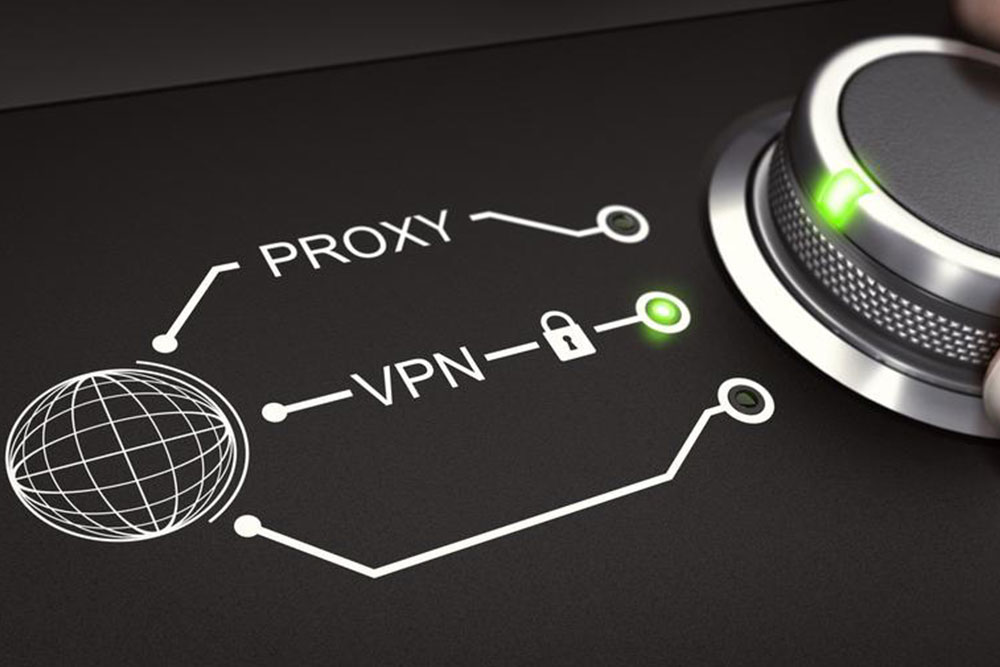Comprehensive Guide to Safeguarding Your Credit Card Information Against Fraud
Discover essential strategies to protect your credit card from fraud with this comprehensive guide. Learn about online security, recognizing skimming devices, using mobile wallets, virtual cards, strong passwords, and regular account monitoring to ensure your financial safety. Practical tips help you prevent unauthorized transactions and safeguard your sensitive information effectively across offline and online platforms.

Comprehensive Strategies to Protect Your Credit Card from Fraudulent Activities
In today's digital age, credit cards have become a staple of modern financial transactions, offering unmatched convenience, attractive rewards, and flexible payment options. They allow consumers to make purchases globally without carrying physical cash, and many card providers also offer low-interest EMIs, making it easier to finance larger expenses. Despite these benefits, the growth of online shopping and digital payments has unfortunately led to an rise in credit card fraud incidents. These security threats make it essential for consumers to adopt proactive measures to protect their sensitive financial information effectively. This extensive guide aims to provide a thorough overview of practical and proven strategies to prevent credit card fraud, ensuring your financial security in both online and offline environments.
Seven Key Tactics to Shield Your Credit Card from Unauthorized Use
1. Verify Website Security Before Online Purchases
The surge in e-commerce platforms offers consumers a vast marketplace, but it also introduces significant security risks. When shopping online, always ensure that the website employs secure data transmission protocols. Look for URLs beginning with "https"—the 's' indicates a secure connection—and check for a padlock icon adjacent to the URL bar. These indicators confirm that your data is encrypted during transmission, significantly reducing the risk of interception by cybercriminals. Avoid entering your credit card details on insecure or unfamiliar websites, especially those without proper security certificates, to prevent falling victim to phishing scams, malware, or data breaches. Trust reputable, well-established online stores and platforms that prioritize user security by employing encryption, two-factor authentication, and regular security audits.
2. Recognize and Avoid Card Skimming Devices
Card skimming is a common method utilized by criminals to illegally capture credit card information from unsuspecting users. These skimming devices are often discreetly attached to physical card readers at fuel pumps, ATMs, or point-of-sale terminals. Before using any unfamiliar or suspicious card reader, visually inspect the machine for unusual attachments, loose parts, or tampering signs. Be wary of attached overlays, extra keypad covers, or loose card slots, which are tell-tale signs of skimming devices. If anything looks suspicious, choose an alternative payment method or find another machine. Using this preventive measure helps significantly reduce your risk of identity theft and financial fraud resulting from stolen card data.
3. Limit Who Sees Your Personal Data on Social Media
In our digital era, social media platforms are a double-edged sword. While they allow for social connections, they also pose privacy risks. Avoid sharing sensitive personal information such as your birth date, pet names, or other details typically used in security questions on social media. Cybercriminals often exploit publicly available personal data to hack into accounts or perform targeted scams. Strengthen your social media privacy settings by restricting access to your profile and personal details, limiting how much information is visible to strangers. This reduces the likelihood of your data being exploited for financial fraud or identity theft, adding an extra layer of security to your overall online presence.
4. Embrace Mobile Payment Solutions with Tokenization
Modern mobile wallets—including PayPal, Samsung Pay, and Apple Pay—offer enhanced security features that surpass traditional credit card payments. These applications utilize tokenization technology, which replaces your actual card number with a unique, randomized transaction token. This means your real credit card details are never transmitted during a transaction, minimizing the chances of interception or theft. Additionally, mobile wallets often come with biometric authentication (fingerprint or face recognition), providing an extra layer of security. By opting for these digital payment methods, consumers can enjoy quick, convenient, and safer transactions, significantly reducing the risk of credit card fraud during online or in-store purchases.
5. Avoid Saving Card Details on Websites
Many online stores and payment gateways prompt users to save credit card information for quick checkouts. While this can increase convenience, it also exposes your sensitive data to potential breaches if the website’s security is compromised. To safeguard your information, prefer to enter your card details manually with each transaction. When prompted to save your payment information, decline this option unless you are confident about the website’s security measures. Regularly clearing saved payment methods and ensuring your account credentials are secure further reduce the risk of unauthorized access or misuse of saved credit card data.
6. Utilize Virtual Credit Card Numbers for Online Shopping
Virtual credit card services are a proactive way to add an extra layer of security to your online transactions. These are temporary, unique digital counterparts to your physical credit card, issued by your bank or credit card provider. Using a virtual card number for online shopping isolates your primary card information, so even if a merchant's system is compromised, your actual credit card data remains safe. You can set spending limits, expiration dates, or deactivate virtual cards at any time, giving you complete control over their usage. Not all banks offer this service, so check with your provider to see if virtual card numbers are available and consider integrating this option into your online shopping routine for enhanced fraud protection.
7. Enforce Strong, Unique Passwords Using Password Managers
Cybercriminals often breach accounts by exploiting weak or reused passwords. To mitigate this risk, create complex, unique passwords for every online account, especially your banking and financial services. Password managers are invaluable tools that securely encrypt and store your login credentials, generating strong passwords and synchronizing them across devices. An easy-to-remember master password controls access to all your stored credentials, simplifying overall security management. Employing strong passwords and a password manager vastly reduces the chances of hacking attempts succeeding, thereby protecting your credit card information from unauthorized access.
8. Regularly Monitor Your Credit Statements and Reports
Vigilance is crucial in early detection of fraudulent activities. Regularly review your credit card statements for any unfamiliar or suspicious transactions. Many banks offer real-time alerts or SMS notifications for each transaction, providing immediate awareness of unauthorized activity. If you spot a transaction you did not authorize, contact your bank immediately to cancel your card, report the fraud, and request a replacement. Additionally, routinely check your credit reports from credit bureaus to identify undisclosed accounts or activities. Staying proactive in monitoring your financial accounts helps minimize potential damage and quickly addresses any issues before they escalate.
In summary, safeguarding your credit card information requires a combination of awareness, vigilance, and the adoption of modern security solutions. By implementing these comprehensive safety tips, you can enjoy the convenience of credit cards while significantly reducing the risk of falling victim to fraud. Staying protected involves a proactive approach to online security, prudent sharing of personal information, and continuously monitoring your accounts for unusual activity. Remember, your financial security is in your hands; taking these steps empowers you to control your financial destiny and maintain peace of mind in a digitally connected world.





